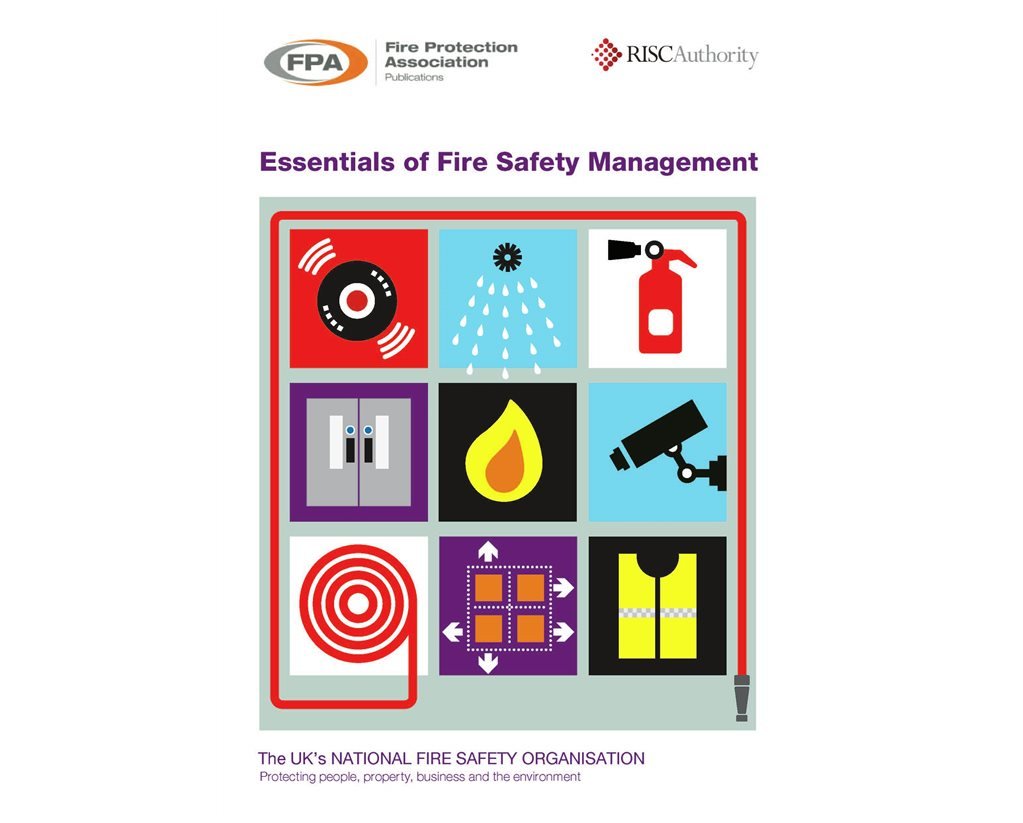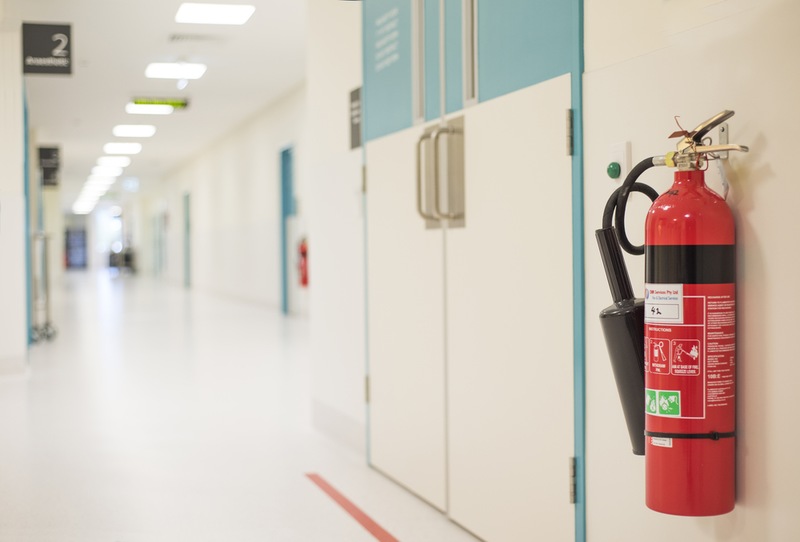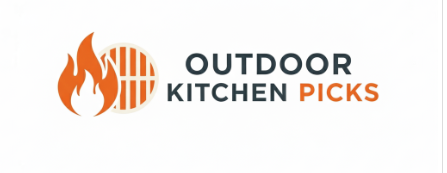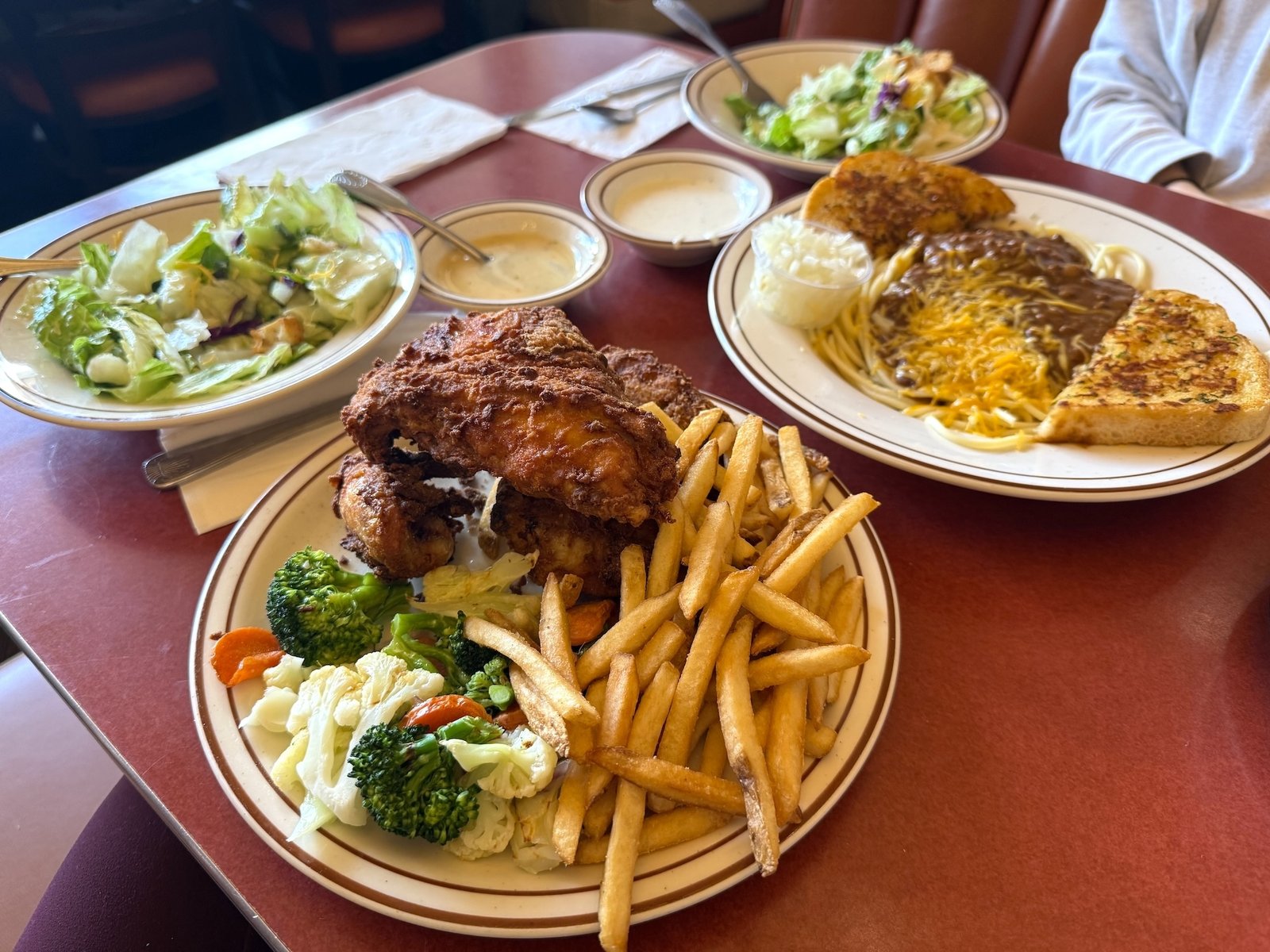When enjoying the great outdoors, nothing beats the warmth and camaraderie of a campfire. Whether roasting marshmallows, cooking a hearty meal, or simply relaxing under the stars, ensuring safety around fire is paramount. This comprehensive guide delves into campfire safety essentials, covering essential practices for outdoor cooking risk prevention, flare-up control methods, safe fire pit cooking, ventilation tips for grills, and grill fire management. Mastering these techniques not only guarantees fun and delicious meals but also protects you, your loved ones, and the environment.
Campfire Safety Essentials – A Comprehensive Guide

Creating a safe campfire setup begins with understanding the core campfire safety essentials. The first step is choosing the right location—a flat, non-flammable surface away from overhanging branches, dry grass, and other combustible materials. This precaution minimizes accidental spread and ensures better control over the fire. It’s advisable to establish a clear, barrier-free zone around the fire pit, free of leaves, twigs, and debris that could ignite easily.
Once the site is prepared, building the fire with proper materials is critical. Use dry, seasoned wood, and avoid the use of flammable liquids like gasoline or lighter fluid, which can cause unpredictable flare-ups. Incorporating a fire ring or portable fire pit contains the fire and helps prevent it from spreading. Always keep a bucket of water, a shovel, or a fire extinguisher nearby for quick response to emergencies. These campfire safety essentials form the foundation for responsible outdoor fire management, ensuring everyone’s safety.
Supervision is key; never leave a fire unattended, especially when children or pets are nearby. When you’re ready to extinguish the fire, do not simply douse it with water and leave. Stir the ashes, ensure everything is cool to the touch, and then pour water over remaining embers until boiling sound ceases. Practicing these fundamental campfire safety essentials develops a safety-first mindset that ensures outdoor adventures remain enjoyable and incident-free.
Outdoor Cooking Risk Prevention – Minimizing Hazards Around the Fire

Outdoor cooking inherently involves some risks, especially when dealing with open flames and fluctuating weather conditions. The first step in outdoor cooking risk prevention is to assess weather conditions—wind, rain, and dry spells dramatically influence fire safety. Wind, in particular, can cause sparks to escape and ignite surrounding vegetation, while rain might affect fire fuel and cooking setups.
Another crucial aspect is scheduling cooking during suitable hours and establishing clear zones that keep combustible materials at a safe distance from the flames. Use stable cooking surfaces like sturdy grates or fire-safe tables that prevent accidental tipping or sparks. Personal safety also involves proper handling of hot utensils, careful management of oil or grease fires, and protective gear such as gloves and long-handled tools.
A proactive approach includes educating all participants on fire boundaries and emergency procedures. Never overfill the fire or cooking area, and avoid clutter that could fall into the flames. Regularly inspecting the fire area and adhering to outdoor cooking risk prevention principles safeguard everyone, making outdoor cooking not only fun but also safe from preventable hazards.
Flare-Up Control Methods – Mastering Fire Management for Safe Cooking

Flare-ups are one of the most common hazards during outdoor cooking, especially when fat drips onto hot coals or flames. Learning flare-up control methods is essential for maintaining a safe cooking environment. The first step is understanding the cause—excess grease, dry wood, or high winds can all trigger sudden flare-ups.
To combat flare-ups, keep a spray bottle of water handy. Light, focused sprays can quickly suppress small flames without creating ash or embers that could harm the food or surroundings. Additionally, managing the amount of fat and marinade in your dishes prevents excessive drips that can cause unwanted flare-ups. Using lean cuts of meat and trimming excess fat beforehand reduces this risk significantly.
Another effective flare-up control method involves adjusting cooking techniques—covering the grill or fire pit with a lid or closing vents reduces airflow, temporarily starving flames of oxygen. For larger flare-ups, removing food from the grill and covering the flames allows for controlled suppression. Mastering these techniques ensures your outdoor cooking remains enjoyable and safe, even when unexpected flare-ups occur.
Safe Fire Pit Cooking – Essential Practices for Delicious and Safe Meals
Cooking over a fire pit combines traditional outdoor culinary experience with safety considerations. Safe fire pit cooking involves selecting the right equipment—preferably a sturdy grill grate or a well-designed cast-iron skillet that can handle direct heat. Setting up a stable, level surface ensures balanced cooking and prevents accidents. It’s vital to position the fire pit away from flammable structures and natural vegetation to prevent unintended wildfires.
When preparing food, keep raw and cooked items separate to avoid cross-contamination, just like in conventional kitchens. Using long-handled utensils allows you to handle hot food safely and maintain a comfortable distance from the flames. Managing cooking times and temperatures prevents food from burning and minimizes risk of flare-ups caused by overflow or spills.
Adopting essential practices such as controlling heat intensity, not overloading cooking surfaces, and attending to ongoing flames is fundamental for safe fire pit cooking. These practices help you savor the flavors of outdoor meals without compromising safety, making every campfire meal both delicious and responsible.
Ventilation Tips for Grills – Optimizing Airflow for Consistent and Safe Cooking
Proper ventilation tips for grilles are fundamental for effective and safe outdoor cooking. Proper airflow ensures consistent heat distribution, better combustion, and reduces the production of harmful smoke and fumes. For charcoal grills, arranging the coals in a pyramid shape and leaving air gaps promotes efficient oxygen flow. For gas grills, clearing vents of obstructions and adjusting air damper settings ensures optimal mixing of fuel and oxygen.
In addition to grill design, placement matters. Position grills in well-ventilated outdoor areas with plenty of space around, away from overhanging branches or enclosed structures that could trap smoke. This airflow enhances combustion efficiency, reduces the buildup of dangerous gases such as carbon monoxide, and improves the overall cooking experience.
Maintaining ventilation tips for grilles also involves regular cleaning of vents to prevent buildup of grease and debris, which can impair airflow and increase fire risk. When used correctly, proper ventilation not only produces better-tasting food but also minimizes health hazards and enhances safety during outdoor cooking adventures.
Grill Fire Management – Techniques for Preventing and Handling Grill Fires
Despite careful planning, grill fires can still occur; hence, grill fire management techniques are crucial for quick response and minimizing damage. The first line of defense is preventative maintenance—regularly cleaning grease traps, removing accumulated grease, and inspecting hoses and connections for leaks. Ensuring your grill is in good working condition reduces the likelihood of flare-ups or fires at the outset.
In case of a grill fire, maintaining calm and acting swiftly is vital. Shut off fuel supply if possible, and use a fire extinguisher designed for grease fires or smother the flames with a metal lid or baking soda—never use water on grease fires, as it can worsen the situation. Keeping a fire extinguisher nearby and knowing how to operate it is a key fire management practice that enhances safety.
Long-term fire safety in grilling also involves strategic placement—position grills on stable, non-flammable surfaces, away from structures, trees, or dry brush. Educating everyone involved on grill fire management prepares you to respond effectively when emergencies arise, ensuring that outdoor cooking remains a joyful, incident-free activity.
Conclusion
Mastering campfire safety essentials and outdoor cooking techniques significantly enhances your outdoor experiences, enabling you to enjoy delicious meals while safeguarding yourself, others, and the environment. From establishing a safe fire setup to implementing flare-up control methods, managing safe fire pit cooking, optimizing ventilation tips for grilles, and practicing grill fire management, each aspect plays a vital role in responsible outdoor culinary adventures. Equipped with these insights and techniques, you can confidently embrace the joys of outdoor cooking, knowing you’re well-prepared to prevent hazards and handle emergencies effectively.






